F1's arrival in Las Vegas for the third-to-last round of the season saw confirmation of a resolution from the FIA following a request from the Red Bull.
This was focused on the use of metal guards for the skid blocks, resulting in changes to a handful of the cars on the grid.
These were placed on the plank, under the floor of the cars. It was not a true technical directive, but rather a final clarification of the rules that were already written.
It is part of the technical regulations citing a plank of perfectly homogeneous material, even in the places where the metal skid blocks were located, with a maximum allowable wear of 1 millimetre.
It is a clarification that came at a specific time, precisely because it is a particularly strategic and sensitive area on a track like Las Vegas.
Red Bull's engineers know the relevance a low ride height has on performance at a track such as this one - they will also know the prerogative of Ferrari's SF-24, among others, to drive with minimal ground clearance without causing porpoising, which this set-up can generate.
Over the course of the season, the McLaren and Ferrari cars proved to be the most efficient and effective cars on fast circuits with long straights, such as Monza and Baku. On the other hand, the RB20 did not even remotely resemble the RB19 in terms of efficiency and the ability to use the DRS on the straights.
Viewed by others:
Does anything change?
In a season where the top cars are extremely close together, the FIA's clarification, on paper, could change a bit.
For those who have wisely used the minimum driving heights, there could be a greater distance between the floor and the asphalt. This, precisely because of the extreme ground-effect sensitivity of current cars, could lead to a reduction in downforce generated by the floor.
Looking closer at the matter, for now it does not appear that this has changed anything about Ferrari's principles at the level of the chosen base set-up.
That comes ahead from the fact that, in addition to the low-downforce front wing used at Monza, characterised here by the controlled flexibility of the elements, the team also used a floor modified on the side in the form of slots and mounting clips.
Both cars drove around with this adjustment in the second free practice, where Carlos Sainz solely did so in the first session.
View the drawing below, showing the detail of the floor with the 10-millimetre-thick board. The skids are hinged and lie on the same plane. The maximum allowable wear on both the plank and the metal insert should be no more than 1 millimetre, making the minimum allowable total thickness 9 millimetres.
Don't miss out on any of the Formula 1 action thanks to this handy 2026 F1 calendar that can be easily loaded into your smartphone or PC.
Download the calenderMost read
In this article
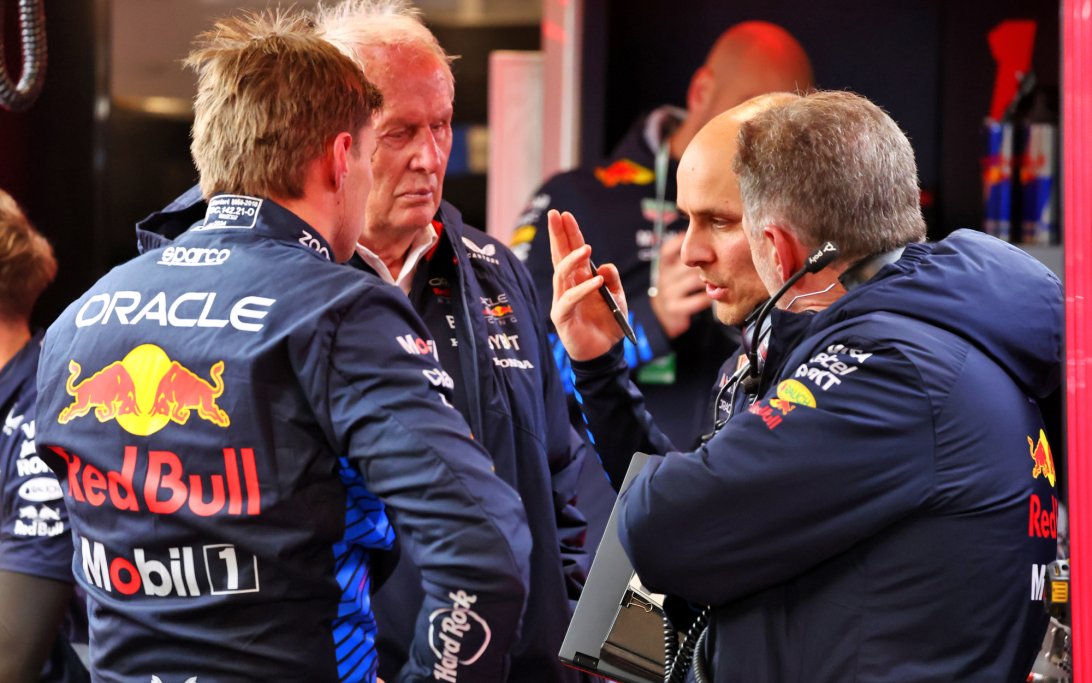
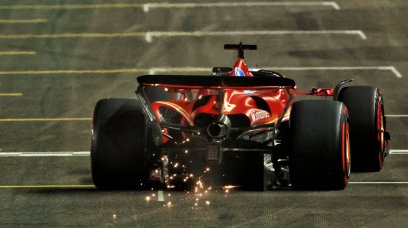
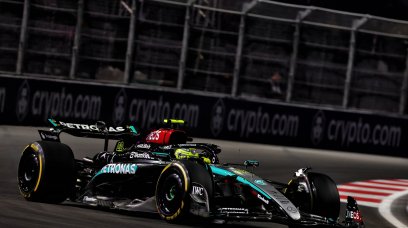
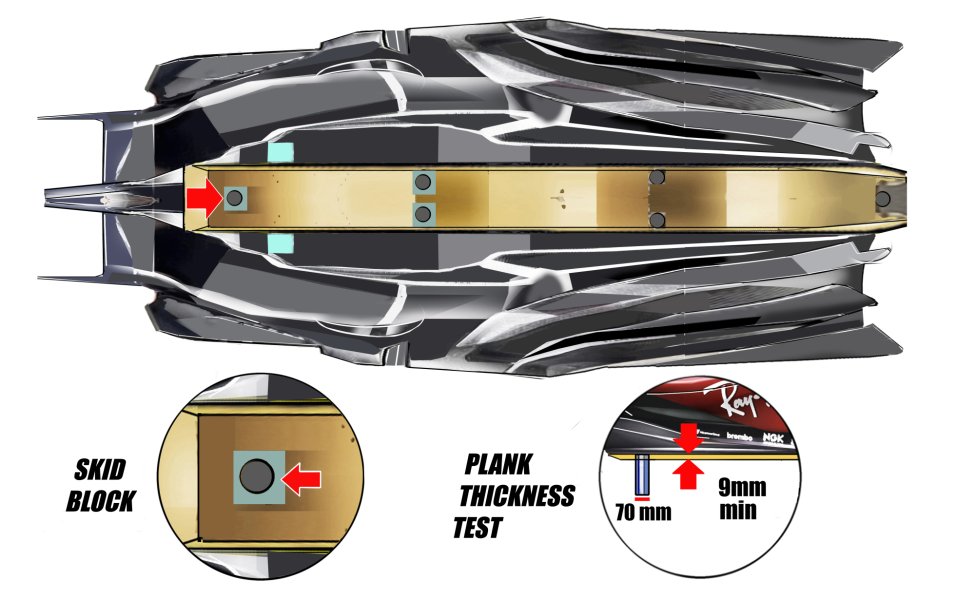
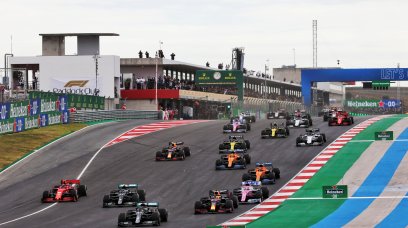
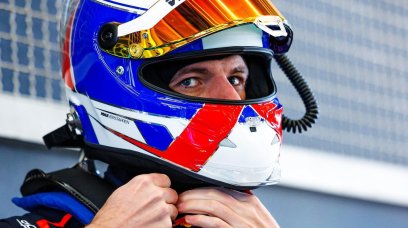
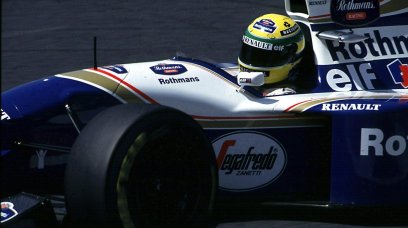






Join the conversation!